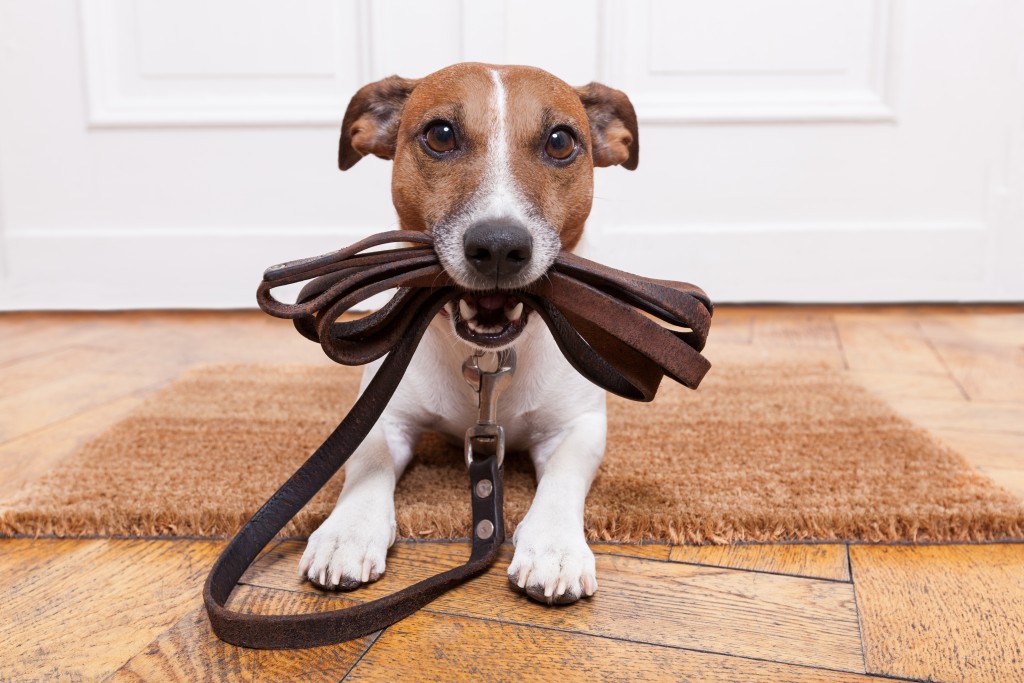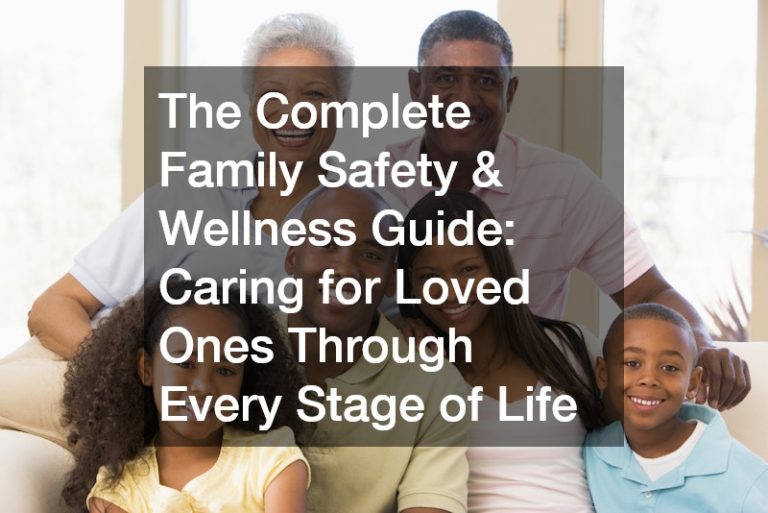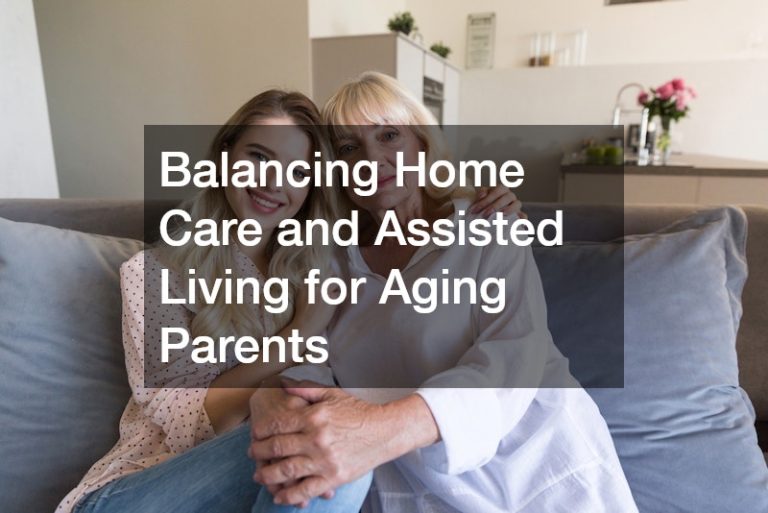Time and again, we’ve been informed that the virus that has plagued us for about a year now has been linked to animals. And if you own a dog or other pets for that matter, that’s highly-likely to carve a scowl on your face. You could be worried about your furry friend’s safety. What’s stopping a virus that came from animals from infecting other animals? Surely, it’s a legitimate question.
The scary part is America is still grappling with the fear of the virus. Initial estimates by experts reveal that the country might not be severely affected by its spread. And we believed them. Taking care of a speck of a virus shouldn’t be an issue to the planet’s most powerful superpower nation. Even government heads thought the infections won’t be a serious blow to the American economy. That was early 2020. Now, after over a million deaths and an unemployment rate to rival that of the Great Depression, we know the real score.
Fortunately, you may not have to worry and cry those crocodile tears. Global results point out that dogs, and pets in general, are not adversely affected by the virus. Here’s a lowdown:
Is My Dog Safe?
Zoonotic diseases, by definition, are caused by pathogens (e.g., virus, bacteria, parasite) that has transferred from an animal to a human. The most fearsome, perhaps, is the Bubonic Plague or Black Death that ravaged the world in the 14th century, nearly decimating Europe’s population. In the end, nearly 400 billion people perished in the aftermath.
While the Bubonic Plague is caused by a bacteria that infects rodents, COVID-19 is caused by a virus. And yes, COVID-19 is also zoonotic as it’s widely believed to have originated from bats in China. To note, bubonic plague is no longer a threat worldwide as it can be easily be treated with antibiotics.
As for your dog, CDC data show that it’s possible that a dog can be infected by the virus. But don’t lose hope just yet though. There are only about 25 incidences worldwide of COVID-19 infecting pets, specifically cats or dogs.
Indeed, that tells you that there is a very slim chance that your dog companion could be infected.

De-stressing Your Canine
Of course, we should err on the side of safety. To thwart the advance of the virus, you need to be vigilant when it comes to where your dog goes. For one, don’t let your dog roam around freely outside. Additionally, you should not venture into places where crowds converge. That can be added risk for you. Remember if you’re infected, you could pass the virus to people close to you, your dog including.
Moreover, you should aim to de-stress your best animal friend. Although pets can help us cope, they can also be negatively affected. Studies show dogs can absorb the feelings of their owners. And as everyone is stressed these days, you could be causing him untimely anxiety without you knowing it.
If you feel that your dog is stressed, a change of scenery might do him well. You could choose to send him to a more rural setting for instance like a farm where he can enjoy the sun have more space to run around. If you’re worried about not having the time, you can always make the most of stress-free pet ground transportation services to take him to your desired destination. Not only will they provide professional service, but they will also ensure your dog arrives safely on time and well-fed.
Worst-case Scenario
It’s a long shot but things do happen. So what if you get infected by COVID-19? How will you be able to take care of your pet? Well, first and foremost your primary responsibility is to yourself. So it’s paramount that you observe protocol and stay under quarantine. You should isolate yourself, and that includes keeping a safe distance from your pet dog.
Treat your dog like any other human. Don’t interact with him like you should minimize interactions with any member of your family in your household. In short, keep your distance.
Avoid snuggling or petting or even prepping his food. The virus can jump from one inanimate object to a living human or pet.
This also means you should not take your beloved dog to the veterinarian if he looks tired or is feeling sick. Have someone else take him. Even better, arrange to have the vet come by your house.
Observing safety protocols can surely become an uphill climb pretty fast. But don’t fret. It’s a small price to pay to have everyone, your precious dog including, safe and sleeping soundly.




